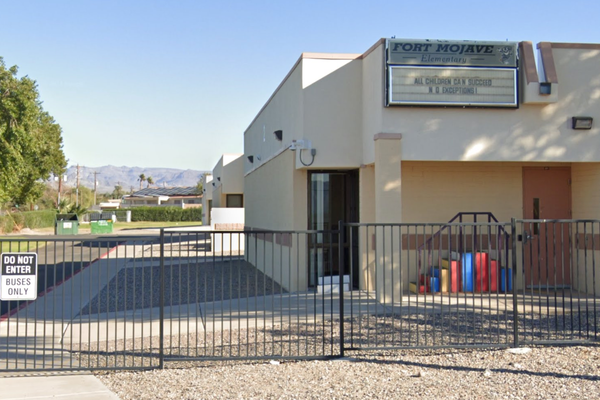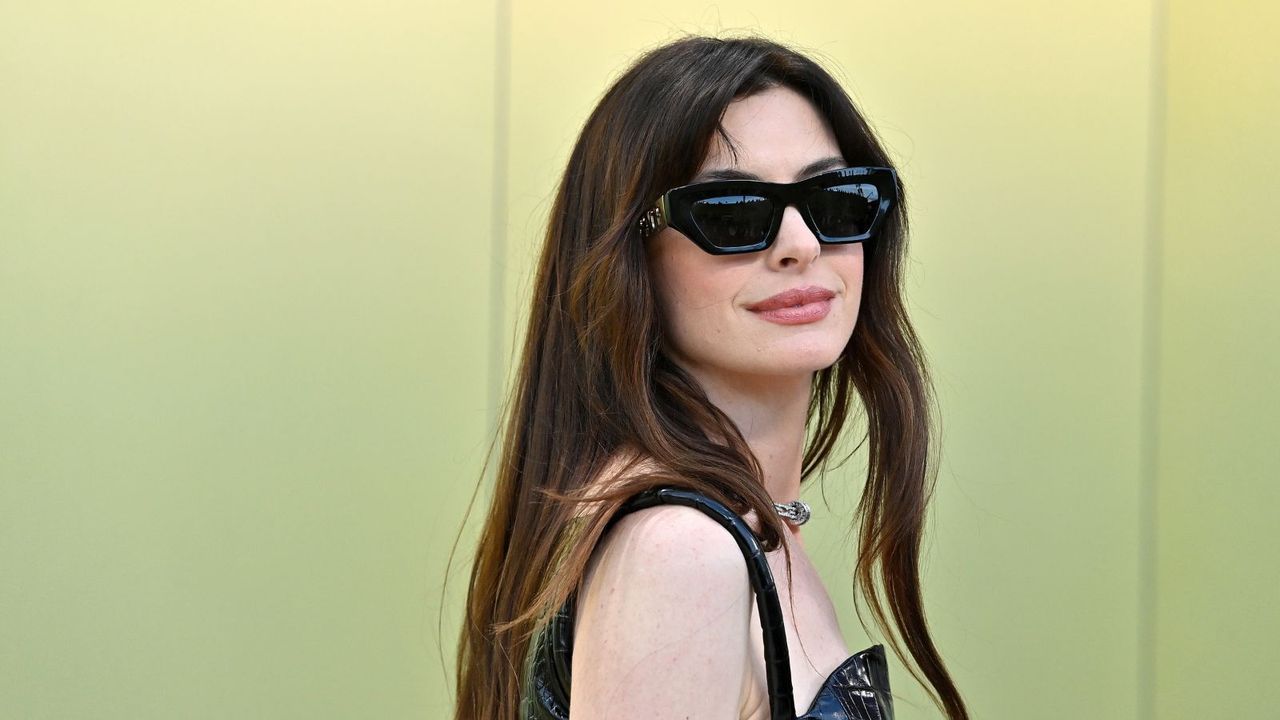
Minimalism may have once ruled in the style stakes (particularly in the early 2000s), but today the most interesting rooms are defined by layers of material and contrast. Anne Hathaway’s minimalist kitchen, designed by Studio Shamshiri, shows how it’s done.
Warm wood paneling and floors set the tone, while turquoise cabinets with brass hardware and a crisp white tile backsplash bring character. Most striking is the pairing of surfaces, with soapstone counters alongside a wood-topped island, a mix that feels both practical and elegant.
This approach to minimalist style is part of a broader design movement that prizes contrast over uniformity. Designer Beata Heuman is known for offsetting sleek finishes with hand-painted details and tactile fabrics, while Steven Gambrel often blends luxurious marbles with rough-hewn woods for balance.
Studio Shamshiri’s kitchen captures the same spirit, showing that the art of combining materials is as important as the palette itself. As Mor Krisher, Head of Design at Caesarstone, notes, 'Gone are the days of uniform, clinical white kitchens. Dramatic and dark-hued designs have risen in popularity. Whilst this might seem like an intimidating choice, there are many ways to create a balanced kitchen scheme.'
Soapstone brings depth and presence to Hathaway’s kitchen countertops. 'Soapstone is a natural stone composed mainly of talc, chlorite, and magnesite. That gives it a smooth, matte finish that evolves over time,' says Don Benton, Head of Design at Granite and Marble Solutions. 'It’s prized for durability and low maintenance, is naturally non-porous, heat-resistant, and ideal for kitchens.'
The island’s wooden countertop softens the stone and adds a tactile counterpoint. 'The rich wooden countertop contrasts with the dark soapstone and creates a focal point,' says Benton. 'Mixing materials breaks up uniformity and gives a more lived-in feel.' The result is less about choosing one dramatic material and more about layering surfaces so they enhance each other.
The art of mixing kitchen materials
'I’m a big fan of dark worktops paired with natural woods like oak or walnut, and metallic accents like brass, copper or steel taps and handles,' says Mor Krisher. 'Pairing a dark surface with wooden cabinetry and pale flooring will help to keep your space feeling open and neutral. This is especially beneficial if you want to create a cozy atmosphere, but your kitchen isn’t vast in size.'
Stone & wood: This gives depth and warmth in perfect balance
Dark surfaces & pale floors: A sure way to keep spaces feeling open
Brass with natural finishes: Metallics highlight always subtle undertones, showing patina and grain.
Mixing counters: The rule is to use one surface for perimeter cabinets, another for the island
Some more beautiful kitchens that mix materials in different ways
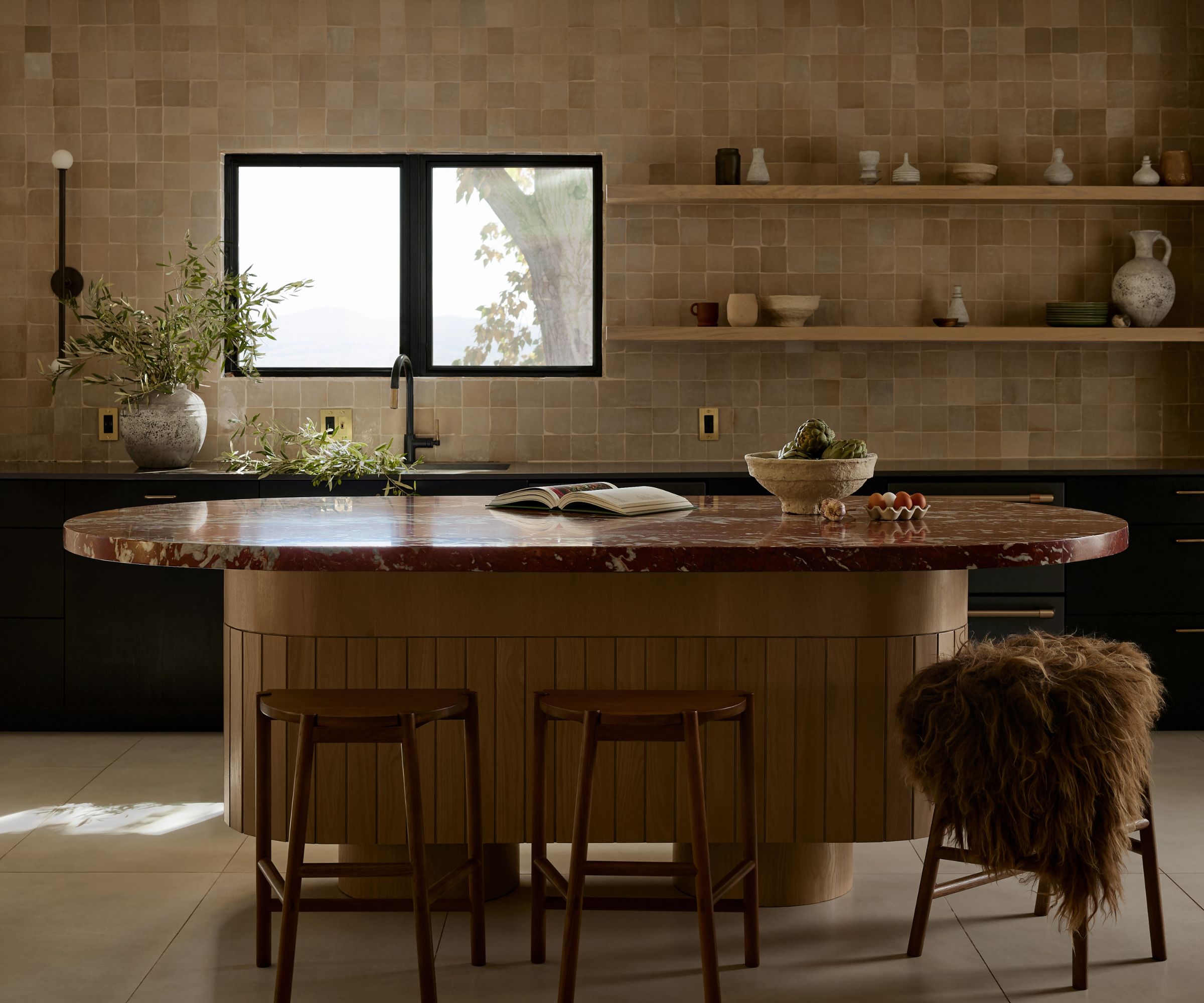
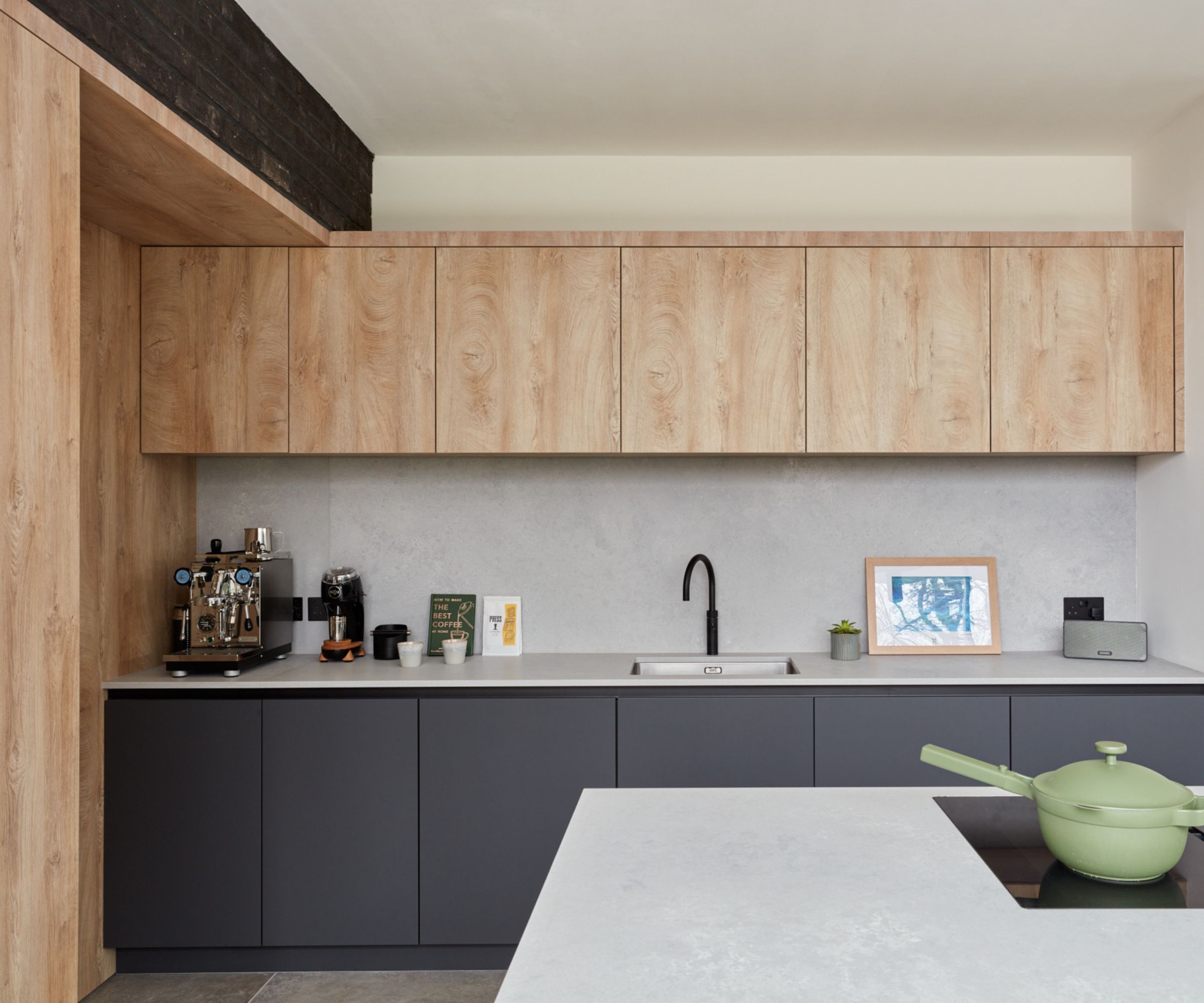
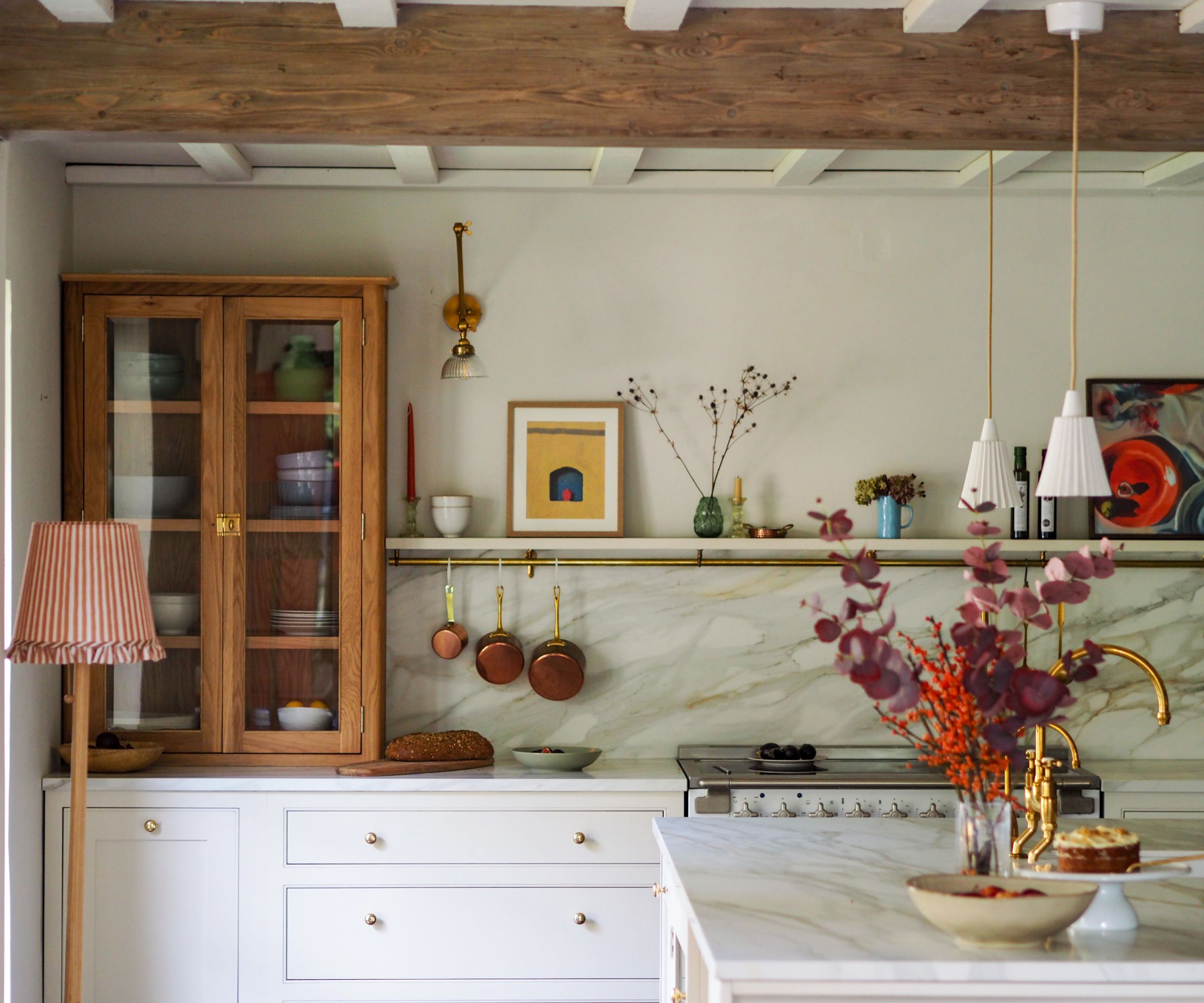
The ultimate golden rule that we believe – and Hathaway's kitchen certainly proves – is that contrast gives character, and that layering prevents uniformity and creates atmosphere.


